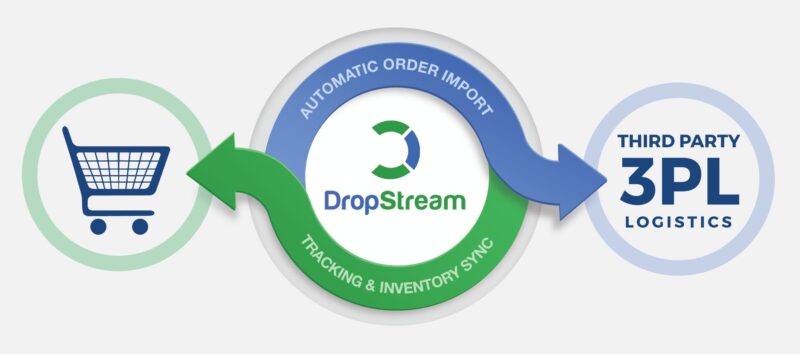Low-code and no-code
Low-code/no-code development platforms are types of visual software development environments that allow enterprise developers and citizen developers to drag and drop application components, connect them together and create mobile or web apps. These platforms are often discussed synonymously with the development methods they embody.
Low-code and no-code modular approaches let professional developers quickly build applications by relieving them of the need to write code line by line. They also enable business analysts, office administrators, small-business owners and others who are not software developers to build and test applications. These people can create applications with little to no knowledge of traditional programming languages, machine code or the development work behind the platform’s configurable components.
Security Data in Cloud
It’s critical for businesses to protect and secure data in the cloud and create a data governance plan to manage data availability, integrity, and security. Traditional role-based access control/ IAM cannot meet the complicated security requirements of extended companies. Enterprises are constructing a centralized data security platform based on Attribute-Based Access Control (ABAC) imposes data access decisions based on the attributes of subjects, resources, actions, and other persons engaged in the data access. These security systems manage and maintain data access security policies, encrypt sensitive data, and audit data access.
AI in cloud computing
Cloud computing plays a crucial role in Artificial Intelligence (AI). Machine learning (ML) platforms need a huge data bandwidth and processing power for processing and training data. Most of the ‘everyday’ AI available to us, from Instagram filters to Google Search is present in the cloud. Technology that directs traffic from data centers to our devices and handles storage infrastructure is built on Machine Learning (ML). The evolution and development of both AI and the cloud are deeply interwoven. This facet will become more prominent from 2022 onwards. The leading trends in AI will be “creative” algorithms. Generative ML can create anything from art to synthetic data to train more AIs and language modeling. This will help increase machines’ accuracy to understand and mimic human languages. AWS will definitely play a crucial role to offer these services to users and building the infrastructure to deliver them.
Serverless Computing
Serverless computing is a method of providing backend services on an as-used basis. A serverless provider allows users to write and deploy code without the hassle of worrying about the underlying infrastructure. A company that gets backend services from a serverless vendor is charged based on their computation and do not have to reserve and pay for a fixed amount of bandwidth or number of servers, as the service is auto-scaling. Note that despite the name serverless, physical servers are still used but developers do not need to be aware of them.
Serverless computing enables you to create and run software and utilities without worrying about networks. With serverless computing, the program is still operating on servers, but all server maintenance is handled by AWS.
Contact Taksa for your Outsourcing Web Development Project requirements and see how our developers incorporate best scalable application framework into your project.






